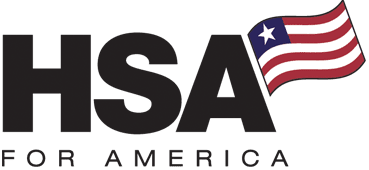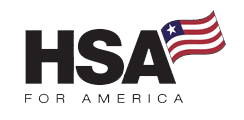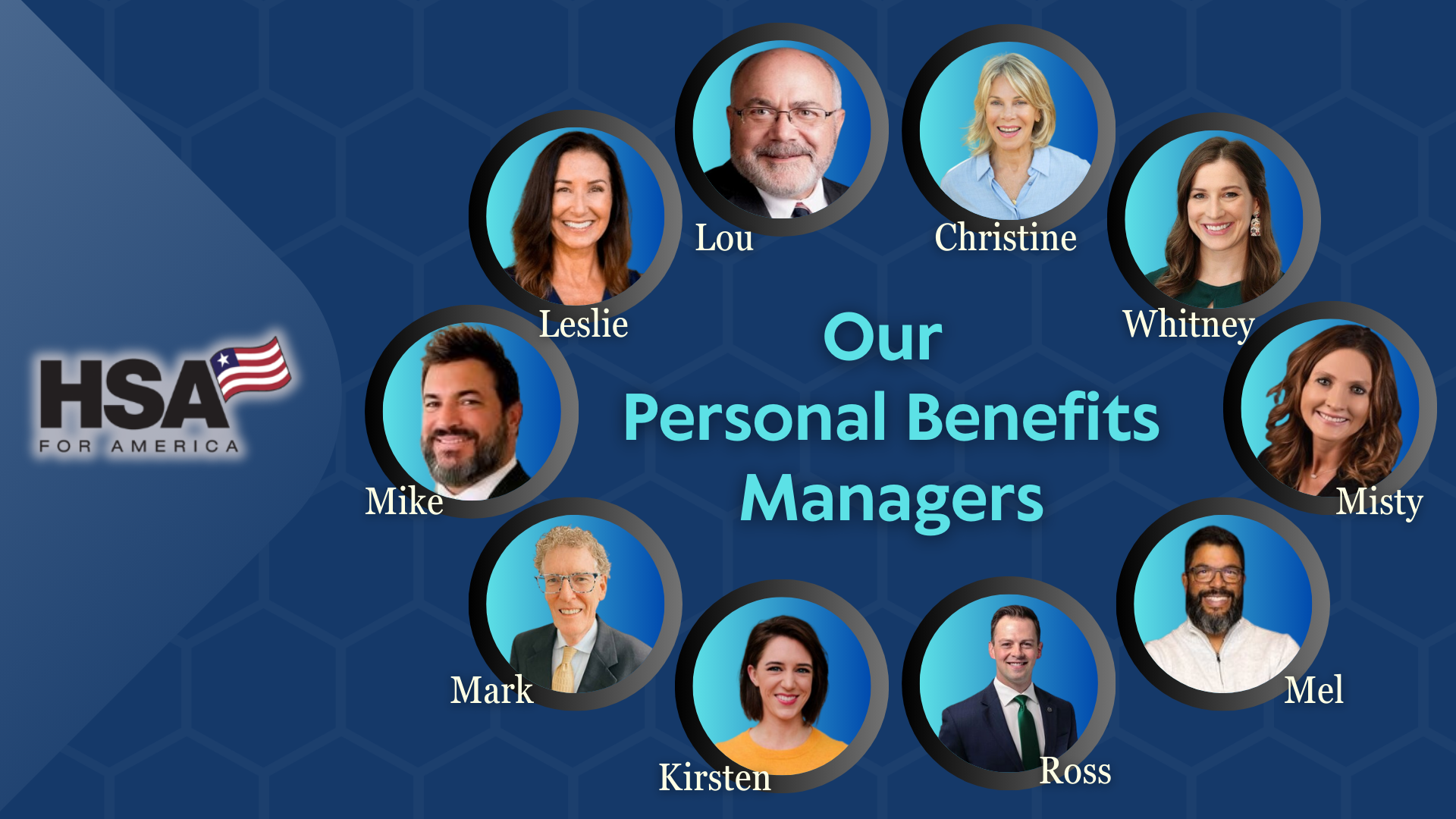
Key Takeaways
- Obamacare subsidies reduce monthly premiums for individuals earning up to 400% of the federal poverty level.
- Premium tax credits and cost-sharing reductions are the two main types of health insurance subsidies.
- Underestimating your income may require you to repay excess subsidies at tax time.
- Repayment caps limit how much you owe back, even if you received too much in subsidies.
- Professional guidance helps ensure accurate income estimates and maximum savings.
What Are Obamacare Subsidies?
Obamacare subsidies are government financial assistance programs that help reduce health insurance costs for eligible Americans.
These subsidies work by providing tax credits that lower your monthly premium payments. The government sends money directly to your insurance company to cover part of your premium costs. This makes health coverage more affordable for millions of families nationwide.
Types of Health Insurance Subsidies
Two main types of subsidies are available through the Health Insurance Marketplace.
- Premium Tax Credits reduce your monthly insurance premiums. These credits are available to individuals and families earning between 100% and 400% of the federal poverty level. The lower your income, the larger your premium reduction.
- Cost-Sharing Reductions lower your out-of-pocket costs like deductibles and copayments. These are only available with Silver-level plans and for those earning up to 250% of the federal poverty level.
Who Qualifies for Obamacare Subsidies?
Eligibility for Obamacare subsidies depends on your income and household size.
You may qualify if your household income falls between 100% and 400% of the federal poverty level. For 2025, this means individuals earning $15,060 to $60,240 annually may be eligible. Families of four earning between $31,200 and $124,800 could qualify for assistance.
You must also purchase coverage through the official Health Insurance Marketplace and cannot have access to affordable employer-sponsored insurance.
How to Apply for Subsidies
Applying for health insurance subsidies happens through the Healthcare.gov marketplace.
Start by creating an account on Healthcare.gov during open enrollment. Complete the application by providing information about your household size, income, and current insurance status. The system will automatically calculate your subsidy amount based on your income estimate.
Choose a plan that works with your subsidy amount. Remember that premium tax credits can only be used with plans purchased through the marketplace.
How Much Can You Save with Subsidies?
Subsidy amounts vary significantly based on your income and location.
Research shows that families can save an average of $3,000 to $8,000 annually on premiums. Some individuals may see their monthly premiums reduced to as little as $50-100 per month.
The exact savings depend on your income level, family size, and the cost of insurance in your area.
What Happens If You Underestimate Your Income?
Underestimating your income can result in receiving more subsidies than you’re entitled to receive.
When you file your taxes, you’ll need to reconcile the subsidies you received with what you actually earned. If you received too much, you may owe money back to the IRS. However, repayment caps limit your liability.
For individuals earning 200-300% of the federal poverty level, the maximum repayment is $1,500. Those earning 300-400% face caps of $2,500. This protection ensures you won’t owe back the full overpayment amount.
Important Changes Effective in 2026
Starting in 2026, significant changes will affect Obamacare subsidies and eligibility requirements.
The enhanced premium tax credits that have been available since 2021 are scheduled to expire at the end of 2025. This means the income cap of 400% of the federal poverty level will return, eliminating subsidies for those earning above this threshold. Additionally, people will pay higher percentages of their income for coverage, with some facing premium increases of 25% to 100%.
The “subsidy cliff” will also return in 2026. This means individuals and families earning just above 400% of the federal poverty level will lose all subsidy eligibility, potentially facing thousands of dollars in additional premium costs.
Compare Pricing on the Best Health Insurance Available
How to Get Help or Get a Free Quote
Professional guidance ensures you maximize your subsidy benefits while avoiding costly mistakes.
Our Personal Benefits Managers specialize in helping families navigate health insurance subsidies and find the most affordable coverage options. They can help you accurately estimate your income and choose the right plan for your needs.
Ready to explore your health insurance options and see how much you could save with subsidies? Schedule a free consultation with one of our Personal Benefits Managers today to get personalized guidance and quotes.
For Further Reading:

Wiley is President of HSA for America. He believes that consumers should have choice and price transparency, so they can make the best healthcare decisions for their needs. Read more about Wiley on his Bio page.



